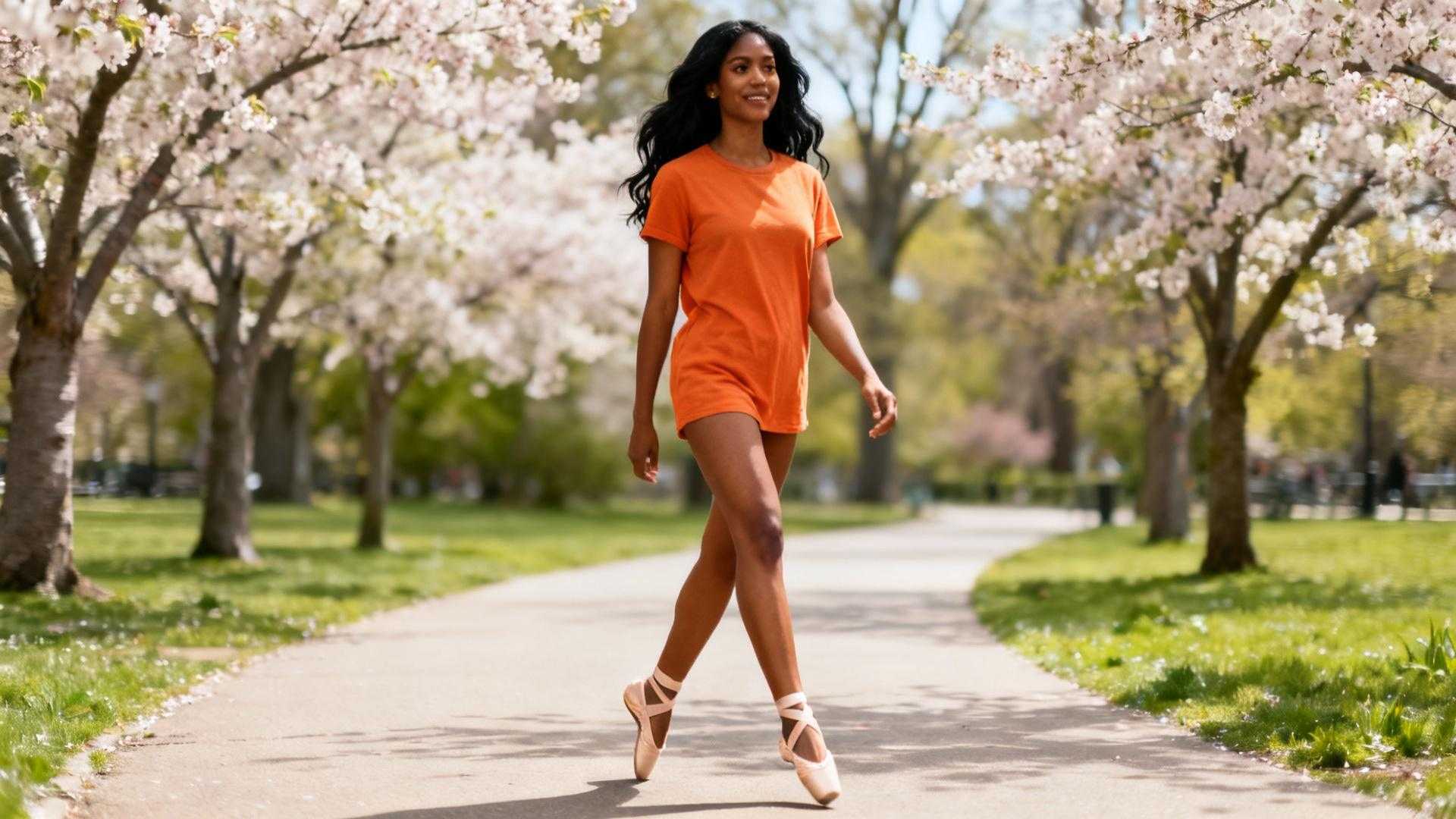Imagine slipping into a pair of shoes so sleek and comfortable, they feel like a natural extension of your feet. That’s the promise of the tiny shoe trend sweeping through 2025. From ballet-inspired sneakers to minimalist strappy sandals, this movement is reshaping how we think about footwear—prioritizing both style and wellness in ways that feel surprisingly liberating.
Why everyone’s talking about tiny shoes right now
Walk through any major city, and you’ll notice something different about people’s footwear choices. The chunky, oversized sneakers that dominated recent years are giving way to super-slender silhouettes that embrace natural foot shape. This shift isn’t just about fashion—it’s about reconnecting with how our feet were designed to move.
Similar to kitten heels replacing uncomfortable stilettos, tiny shoes represent a cultural awakening to comfort without sacrificing style.
The science behind smaller, smarter footwear
Dr. Michael Warburton, a footwear biomechanics expert, emphasizes gradual transitions matter. Barefoot and minimalist designs allow your feet to strengthen naturally, much like physical therapy for muscles you didn’t know needed attention.
“Gradual transition to minimalist or barefoot shoes is critical to avoid injury. Your feet need time to adapt and rebuild strength.” — Dr. Michael Warburton, Footwear Biomechanics Expert
The key lies in understanding that conventional shoes have essentially been splinting our feet for years. When you switch to tiny shoes with flexible soles and wider toe boxes, you’re giving your feet permission to work the way nature intended.
What makes these shoes different from regular sneakers
Think of traditional athletic shoes as training wheels for your feet. Tiny shoes, by contrast, are like learning to ride without them—initially challenging but ultimately more rewarding. The difference shows up in several key features that prioritize natural movement patterns over artificial support.
- Zero-drop soles: Keep your heel and forefoot at the same level, promoting better posture and reducing knee stress
- Flexible construction: Allows your foot to bend and flex naturally with each step
- Wider toe boxes: Lets your toes spread naturally for better balance and stability
- Lightweight materials: Reduces fatigue while maintaining durability through innovative designs
Who’s leading the tiny shoe revolution
Fashion insiders are calling it the “sneakerina” trend—a fusion of ballet flat elegance with sneaker functionality. Anush Mirbegian, Director of Accessories at Fashion Snoops, notes: “Hybrid Mary Jane sneakers with modern straps have gained cross-gender appeal and will dominate casual chic in 2025.”
Brands ranging from Prada’s $650 Collapse Sneaker to Adidas’s accessible $100 laceless options prove this trend spans every price point. Even specialty retailers like Piccola Shoes are thriving by focusing exclusively on petite sizing.
Real people, real results
Jennifer, a 38-year-old marketing director from Austin, discovered tiny shoes after years of foot pain. Within three weeks of switching to minimalist sneakers, she noticed improved balance and fewer aches at day’s end. “It felt like my feet were waking up,” she explains.
For guidance on safe footwear transitions, especially flat shoes that prevent falls, proper selection makes all the difference.
The sustainability factor you’ll appreciate
Beyond health benefits, tiny shoes align with eco-conscious values. Many brands now incorporate recycled materials and biodegradable soles, with sustainable footwear sales growing 25% in 2024 alone. This matters because fashion shouldn’t cost the earth—literally or figuratively.
Styling tiny shoes for everyday life
The versatility surprises most people. Pastel strappy sandals pair beautifully with summer dresses, while slender sneakers complement cropped pants perfectly. The secret is embracing the minimalist aesthetic rather than fighting it.
Much like shoe colors that elongate your legs, tiny footwear creates visual harmony when chosen thoughtfully.
Common mistakes to avoid when starting out
The biggest error? Switching too quickly. Your feet need gradual adaptation time—typically 4-6 weeks of alternating between old and new shoes. Start with short wearing periods and gradually increase as your feet strengthen.
- Don’t ignore discomfort signals: Mild muscle soreness is normal, but sharp pain means you’re progressing too fast
- Size properly: Tiny shoes should have thumb-width space at the toe for natural spreading
- Choose appropriate surfaces: Begin on forgiving terrain like grass before tackling concrete
What your feet might be telling you
If you’ve been experiencing foot fatigue or balance issues, your current footwear might be part of the problem. Understanding shoe features that prevent falls becomes crucial as we prioritize stability.
Could tiny shoes be the answer to feet that feel constantly restricted? What if the path to better foot health starts with letting go of conventional wisdom about what shoes should do?
